Diary: Bearing witness to the crisis in Syria
In late February 2016, our president Peter Maurer was in Syria. Each day he reflected on what he saw on the ground. Monday: "I arrived in Damascus today" It's my fourth visit since the beginning of …
In late February 2016, our president Peter Maurer was in Syria. Each day he reflected on what he saw on the ground. Monday: "I arrived in Damascus today" It's my fourth visit since the beginning of …
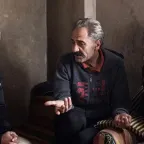
23-02-2016 Update: 23 February 2016 - Paul Pogba donated €100,000 to the ICRC on behalf of UEFA, prior to the UEFA Champions League match between Juventus and FC Bayern Muenchen. UEFA.com users' Team …

In 2015, the ICRC stepped up its efforts to help some of the many hundreds of thousands of people affected by the Lake Chad conflict and who lack even the basic necessities of life . With the support …
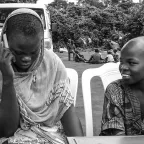
When a landmine destroys a limb, it can destroy a life. We're rebuilding those lives in Afghanistan, but that costs money. Juventus' Paul Pogba will present a donation to support our work with …
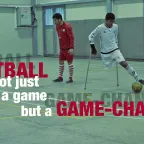
22-02-2016 Around 2,400 people displaced by armed violence in Surigao del Sur since September 2015 received one-month food supplies and hygiene items to help them cope with their situation. The …
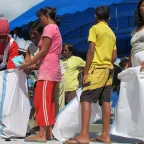
A lump on the forehead of Jose* developed soon after he was sent to jail in October 2012. What he thought was a "pimple" deteriorated over time. He has been detained for four years now in Navotas …
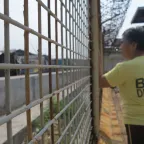
20-02-2016 Bogotá (ICRC) – The Colombian delegation of the International Committee of the Red Cross (ICRC) would like to provide the following clarifications: On Thursday, 18 February 2016, at the …

20-02-2016 Kiev/Donetsk (ICRC) – Today, nine detainees held in connection with the conflict in Ukraine were released with the participation of the International Committee of the Red Cross (ICRC) and …
An overview of the ICRC's large health programmes in Somalia and examples of the help we were able to provide to nearly half a million people in 2015. NEWSLETTER gargaar ICRC Somalia delegation …

19-02-2016 Damascus/Geneva - The International Committee of the Red Cross is deeply alarmed by the situation in the Aleppo region, where fighting is intensifying, hospitals and health workers have …
Try one of the following resources:
Created in 1863, the ICRC library, alongside the ICRC archives, provides an indispensable documentary reference on the organization itself and international humanitarian law.
International humanitarian law is based on a number of treaties, in particular the Geneva Conventions of 1949 and their Additional Protocols, and a series of other instruments.
Customary international humanitarian law consists of rules that come from "a general practice accepted as law" and that exist independent of treaty law.